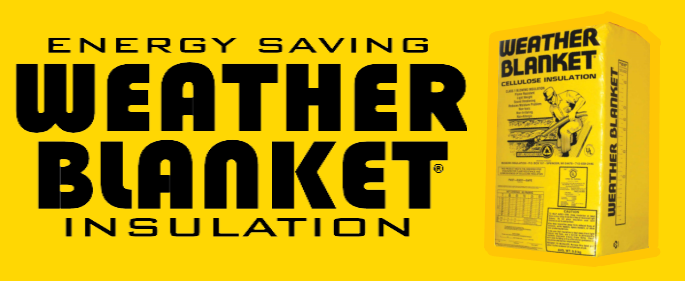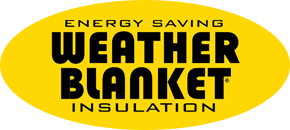Request Call Back
Hero Request Form
Thank you for contacting us.
We will get back to you as soon as possible
Please try again later
Green, Quiet, and Flexible Cellulose Insulation
Weather Blanket Insulation is the greenest insulation material on the market today. If you are looking to be more environmental in your process or looking to gain LEED points, then this is the solution for you.
Using post-consumer recycled content and proven energy-saving results, Weather Blanket Insulation can earn significant points under the US Green Building Council’s LEED accreditation.
Specifying cellulose insulation will also improve the comfort of the home through better control of air infiltration and better sound insulation.
With the extraordinarily high cost of energy and the desire for more environmentally responsible buildings, cellulose insulation can help you design more functional and environmentally friendly buildings.
Benefits of Cellulose for Architects
The public's demand for architects to design buildings that are as efficient and environmentally friendly as possible but that doesn’t mean the architect must sacrifice performance.
By using Weather Blanket Insulation you can install the greenest insulation material on the market and have superior product performance.
- Energy savings
- Sound control
- Fire protection
- Mold resistance
- Corrosion
Installation: Blow-In Insulation
Sidewalls, cathedral ceilings, and other areas in new construction can be filled with cellulose insulation by using a fabric material to create an enclosed cavity between the studs. The fabric is stapled to the studs and the insulation is blow-in without moisture. The results are a filled cavity that provides outstanding performance.
Sprayed Cellulose ("Moisture Added”) Insulation
In new construction, cellulose insulation wall cavity spray is often used. This introduces water into the normal cellulose insulation to make it damp and slightly gluey so it adheres to wall cavities. It is applied directly into the wall cavities, between the studs, against the exterior sheathing. It provides a tight seal and fills the wall cavity.
As the dry cellulose insulation is blown out of the machine, it is covered with a fine mist of water. The water moistens the dry fibers making it stickier for better adherence to the wall cavity. The correct mixture of water to dry fiber is essential to not soak the wall cavity and yet provide enough moisture to ensure good adherence to the wall cavity.
The wall cavity is “overfilled” so some of the cellulose insulation extends beyond the studs. The excess material is then scraped off using a “scrubber” (a rotating brush) which evens out the wall.
The moisture level of the insulation should be measured with a moisture reader to ensure that it is sufficiently dry before it is closed in with drywall. As this technique is normally used in new construction, it is normally performed by experienced installers. This minimizes the risk of getting the mix of water and dry fiber wrong and allows proper drying time.
LEED
Champion’s Cellulose insulation with up to 85% post-consumer recycled content could help you earn LEED points under the following areas:
LEED® Green Building Rating System™ For Core & Shell Development
- Credit 4.1 recycled content - specify 10% (post-consumer + ½ pre-consumer) - 1 point
- Credit 4.2 recycled content - specify 20% (post-consumer + ½ pre-consumer) - 1 point
- Credit 5.1 local regional materials - 10% manufactured locally - 1 point*
- Credit 5.2 local regional materials - of 20% MRc5.1, 50% harvested locally - 1 point*
* Requires manufacture within 500 miles of the job site.
NAHB Green Building Table
While this program is still in development, cellulose insulation can assist in qualifying as a "green building" in the following areas. Visit www.nahbgreen.com to learn more.
| Credit 2.4.1 | Use recycled-content building materials | 3 pts |
| Credit 2.6.1 | Use materials manufactured from renewable resources | 2 pts |
| Credit 3.3.1 | Building Envelope | 4 pts |
| Credit 3.3.6.1 | Proper installation of insulation including no gaps, voids, or compression | 8 pts |
Learn More About Weather Blanket Insulation
Serving the Minneapolis, MN and Chicago, IL areas, Weather Blanket Insulation specializes in cellulose Insulation for homeowners, builders, and architects. Save money. Help the environment. Reduce noise.
serving Area
Contact Us
Business Hours
Call for Hours


Share On: